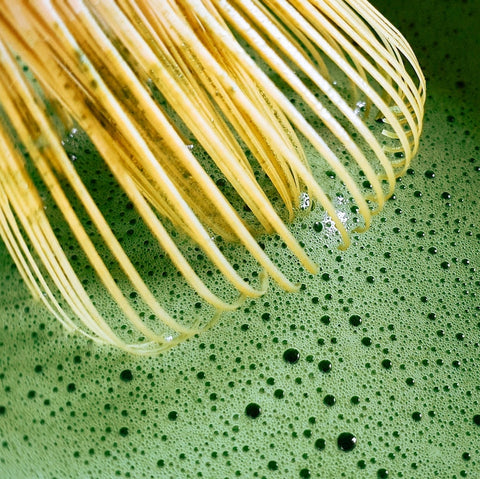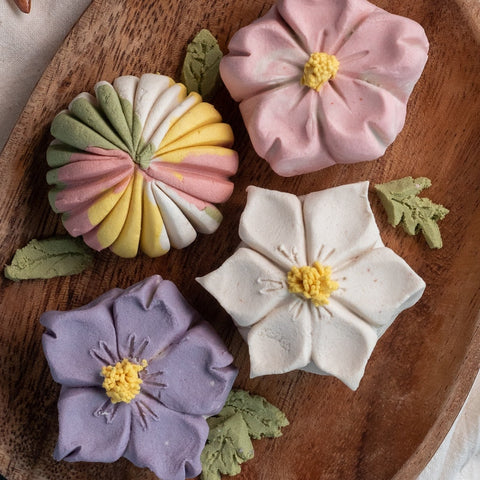Japan is known for its rich tea culture that dates back many centuries. Japanese people take their tea seriously, and there are several fascinating customs and traditions associated with the art of drinking tea. In this blog post, we will take a closer look at some customs that make the Japanese tea experience truly unique.
The tea ceremony
At the heart of Japanese tea culture is the tea ceremony, also known as "chado" or "sado." This ancient ritual is a truly experiential Primarily, finely ground matcha is prepared and presented in a choreographed performance. A tea ceremony emphasizes the values and goals of harmony, respect, and tranquility, and is often performed in a traditional tea room called a "chashitsu."
Tea houses, or "chaya," are quiet and intimate places created for the enjoyment of tea. These traditional buildings are usually located in beautiful gardens and provide a quiet retreat from the hectic world outside. Tea houses support harmony in the environment. The architecture, interior design, and surrounding nature all work together to contribute to the comforting atmosphere of a tea house.

Matcha: the elixir of Zen
As you know, matcha is a finely ground green tea that holds a special place in Japanese tea culture. Unlike other teas, matcha is whisked directly and then drunk. Matcha's bright green color and unique flavor profile make it a favorite among tea lovers. It is also known for its calming and meditative properties, making it a perfect drink for Zen meditation. When you do this, you breathe in and out deeply and try to be completely in the moment. While sitting quietly and keeping your eyes closed for a few minutes, try to look at your thoughts objectively and not slip into judgments. You can enjoy the cup of matcha before or after meditation.
Wagashi: sweet treats to accompany tea
A Japanese tea treat is really only complete with wagashi, the traditional Japanese sweets. Wagashi are vegetarian, often very sweet and meant to complement the bitter flavors of tea. The sweets are often made from ingredients such as sweet bean paste, rice flour and agar. Wagashi come in a wide variety of shapes, colors and flavors. The craftsmanship and attention to detail reflect the aesthetics of Japanese tea culture. And of course, the confectionery-sized sweets are simply delicious.

Tea utensils
The Japanese tea ceremony includes a number of special utensils that are important for the preparation. From the chawan (tea bowl) to the chasen (bamboo whisk), each utensil has a specific purpose and meaning. These utensils are often made by skilled artisans. The careful selection and use of tea utensils contributes to the aesthetics and authenticity of tea drinking.
Exploring the customs of Japanese tea culture can offer you a fascinating journey into a world of harmony, beauty, and mindfulness. Whether you participate in a traditional tea ceremony or simply brew a cup of matcha at home, with a little appreciation for the art of tea, you can incorporate a moment of tranquility into your day while enjoying an aromatic tea, of course.
MYCONBINI tip: If you still lack the utensils for your own Matcha ceremony, we recommend our Matcha Section. So easy and relaxing!
